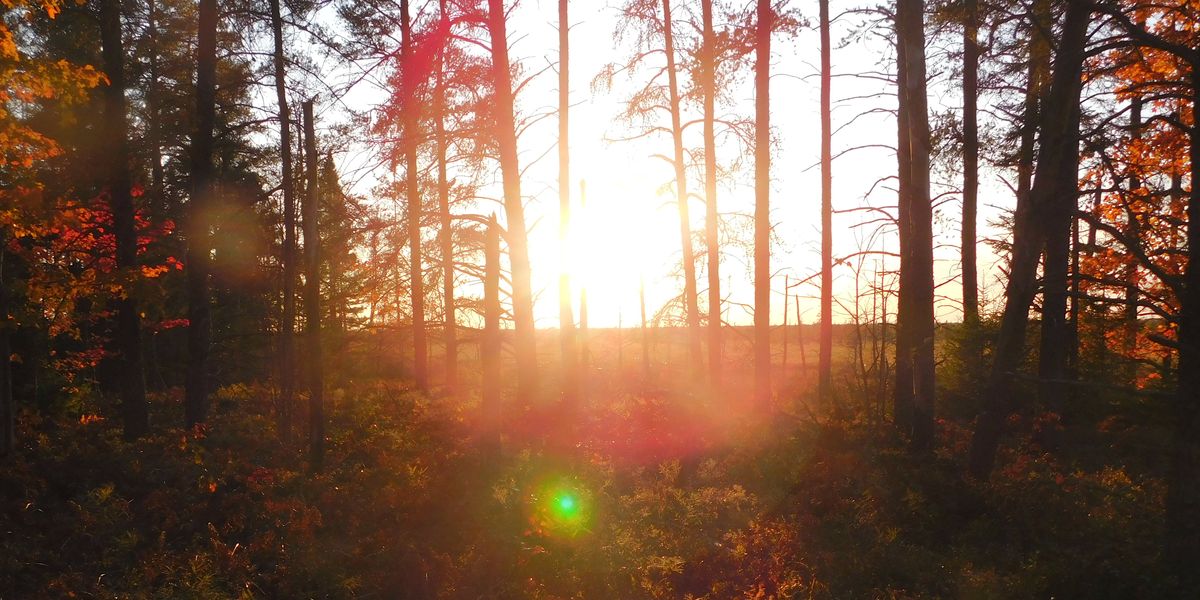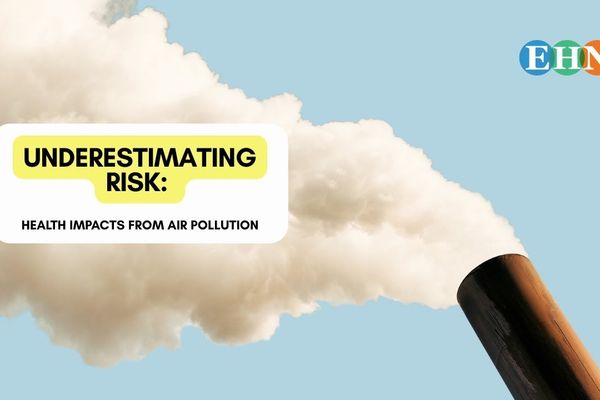
U.S. infrastructure sees small gains from Biden-era funding but major gaps remain
The U.S. earned a “C” for its infrastructure in a new national report, with recent federal investments helping slightly but falling far short of what’s needed to fix aging systems and prepare for climate risks.
Tammy Webber and Michael Phillis report for The Associated Press.
In short:
- The American Society of Civil Engineers upgraded the U.S. infrastructure grade from a C-minus to a C, crediting federal investments from the 2021 Infrastructure Investment and Jobs Act and the 2022 Inflation Reduction Act.
- Roads, water systems, and energy networks remain in poor condition, with a projected $3.7 trillion gap in funding over the next decade to meet essential infrastructure needs.
- Extreme weather linked to climate change is increasing stress on outdated systems, while partisan shifts may jeopardize continued investment and staffing in areas like national parks.
Key quote:
“We have seen the investments start to pay off, but we still have a lot of work to do out there.”
— Darren Olson, chair of the 2025 American Society of Civil Engineers infrastructure report
Why this matters:
From drinking water to flood control, broadband access to electric grids, the U.S. infrastructure system — once a symbol of industrial might — is fraying under the weight of modern pressures. Many highways, bridges, and water pipes were built in the mid-20th century, never designed to handle today’s surging population, intensifying storms, or shifting energy demands. Extreme weather fueled by climate change is pushing systems beyond their limits, exposing communities to blackouts, unsafe water, and deadly delays in emergency response.
In cities and rural areas alike, aging infrastructure compounds inequality: Low-income neighborhoods are more likely to face lead-contaminated water, unreliable transit, or flood-prone streets. The 2021 infrastructure law under President Biden injected a historic $1.2 trillion into modernization efforts, but many experts argue it’s only a down payment on what’s needed. With President Trump now back in office, the future of that momentum is uncertain.
Read more: Extreme weather devastates U.S. as Trump administration cuts threaten future forecasting














